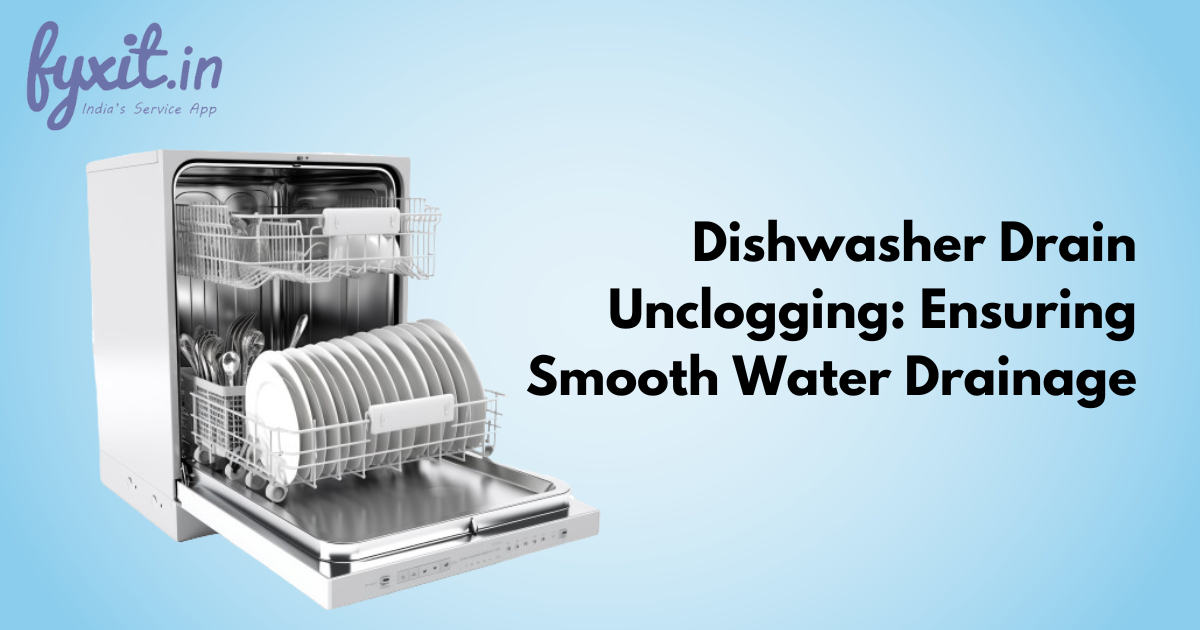Room heaters provide warmth and comfort during cold winter months, but they also come with potential hazards if not used properly. From electrical fires to carbon monoxide poisoning, room heaters pose various safety risks that require attention and precautionary measures. This article explores essential room heater safety measures, offering guidance on how to prevent accidents and ensure security when using these devices in homes or workplaces.
Table of Contents
Understanding the Risks
Fire Hazards:
Improper use of room heaters, such as placing them too close to flammable objects or using damaged cords, can lead to electrical fires. Overheating due to blocked vents or malfunctioning components also poses a fire risk.
Carbon Monoxide Poisoning:
Fuel-burning heaters, such as gas or kerosene heaters, can produce carbon monoxide—a colorless, odorless gas that can be deadly if inhaled in high concentrations. Poor ventilation or faulty equipment increases the risk of carbon monoxide poisoning.
Choosing the Right Heater
Selecting a Safe Heater:
Choose a room heater that meets safety standards and has built-in safety features such as tip-over protection, overheat protection, and automatic shut-off mechanisms. Look for certification labels from reputable organizations like UL (Underwriters Laboratories) or CSA (Canadian Standards Association).
Consider Heater Type:
Different types of room heaters have varying safety risks. Electric heaters are generally safer than fuel-burning heaters like gas or kerosene heaters, as they do not produce carbon monoxide or require ventilation. However, all heaters should be used with caution.
Proper Placement
Maintain Clearance:
Keep flammable materials such as curtains, furniture, bedding, and clothing at least three feet away from the heater. Ensure that the area around the heater is clear of obstructions to prevent overheating and fire hazards.
Stable Surface:
Place the heater on a stable, level surface where it cannot easily tip over. Avoid placing heaters on uneven or unstable surfaces, as tipping can cause burns or start fires.
Electrical Safety
Inspect Cords and Plugs:
Regularly check the power cord and plug for signs of damage or wear. Replace frayed or damaged cords immediately to prevent electrical hazards.
Avoid Overloading Outlets:
Do not plug the heater into an overloaded outlet or extension cord, as this can lead to overheating and electrical fires. Use a dedicated outlet and avoid using extension cords whenever possible.
Operation and Maintenance
Follow Manufacturer Instructions:
Read and follow the manufacturer’s instructions and safety guidelines provided with the heater. Familiarize yourself with proper operation, maintenance, and safety precautions before using the heater.
Regular Maintenance:
Keep the heater clean and well-maintained to ensure safe and efficient operation. Regularly clean dust and debris from the heater’s vents and air intake to prevent overheating and fire hazards.
Carbon Monoxide Safety
Ventilation:
If using a fuel-burning heater, ensure adequate ventilation in the room to prevent the buildup of carbon monoxide gas. Open windows or doors, or use a vented heater designed for indoor use.
Carbon Monoxide Detectors:
Install carbon monoxide detectors in your home, especially near sleeping areas. Test the detectors regularly and replace the batteries as needed to ensure they are functioning properly.
Supervision and Monitoring
Never Leave Unattended:
Never leave a room heater unattended while it is in operation. Turn off the heater when leaving the room or going to bed to prevent accidents.
Supervise Children and Pets:
Keep children and pets away from the heater to prevent burns or accidental tip-overs. Educate family members about the dangers of room heaters and the importance of safety precautions.
Emergency Preparedness
Fire Safety Plan:
Develop a fire safety plan for your home that includes evacuation routes and procedures in case of a fire. Practice the plan regularly with family members to ensure everyone knows what to do in an emergency.
Emergency Contact Information:
Keep emergency contact information, including the local fire department’s phone number, readily accessible in case of an emergency. Post this information near the phone or store it in your mobile device for quick access.
Regular Inspections and Testing
Annual Inspections:
Schedule annual inspections of your room heater by a qualified technician to ensure it is in good working condition. Address any repairs or maintenance issues promptly to prevent safety hazards.
Test Safety Features:
Regularly test the heater’s safety features, such as tip-over protection and automatic shut-off, to verify they are functioning correctly. Replace any faulty components or malfunctioning features immediately.
Education and Awareness
Educate Household Members: – Educate all household members about room heater safety practices and precautions. Encourage open communication about safety concerns and empower everyone to take responsibility for their safety.
Stay Informed: – Stay informed about the latest safety recommendations and guidelines for using room heaters. Keep abreast of recalls or safety alerts issued by manufacturers or regulatory agencies to ensure you are using your heater safely.
Conclusion
Room heaters provide warmth and comfort during cold weather, but they also pose safety risks if not used properly. By following essential safety measures such as proper placement, electrical safety precautions, and regular maintenance, you can minimize the risk of accidents and ensure the security of your home. Remember to stay vigilant, educate household members about safety practices, and be prepared for emergencies. By prioritizing room heater safety, you can enjoy the benefits of warmth and comfort without compromising your well-being.



